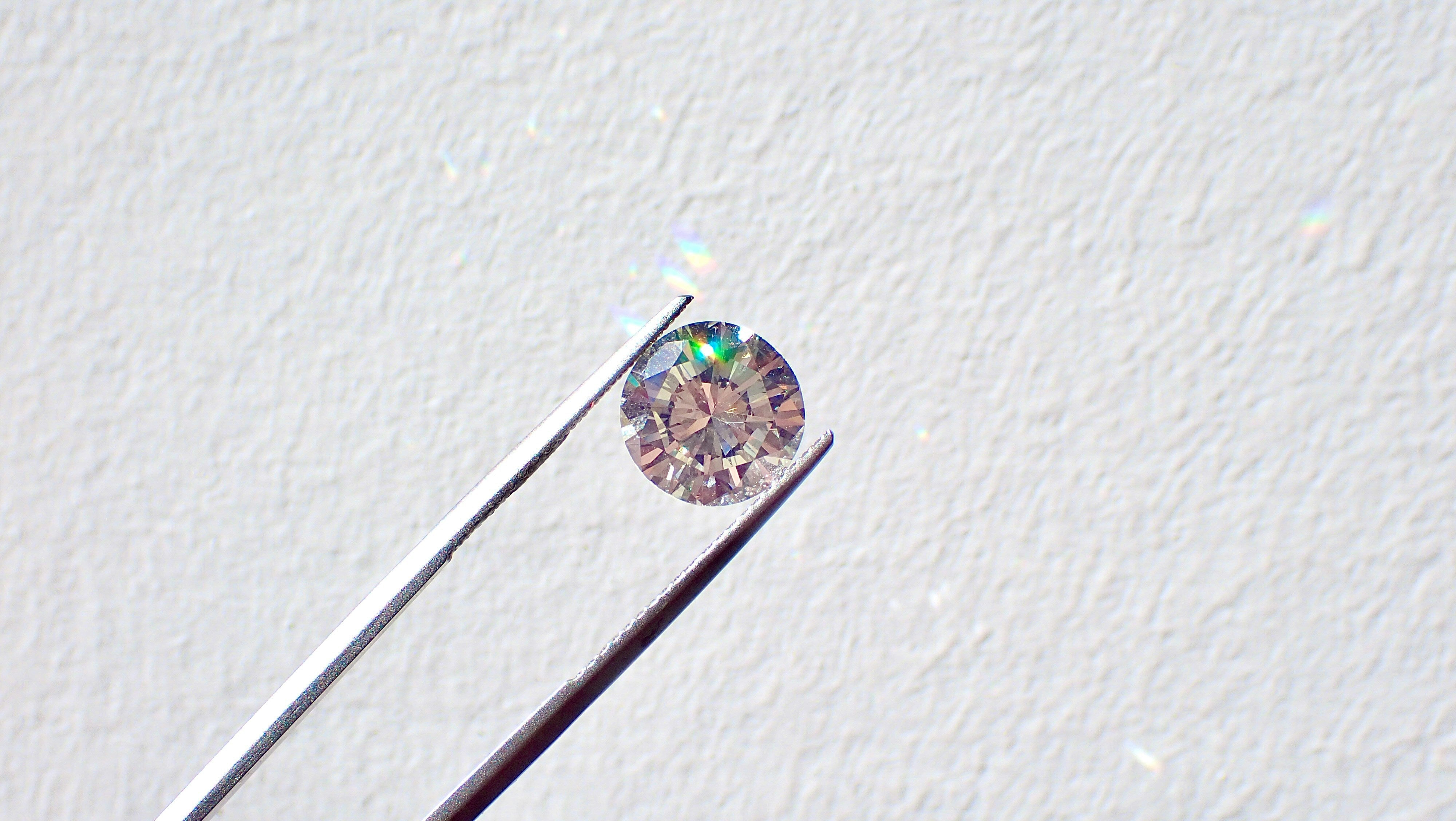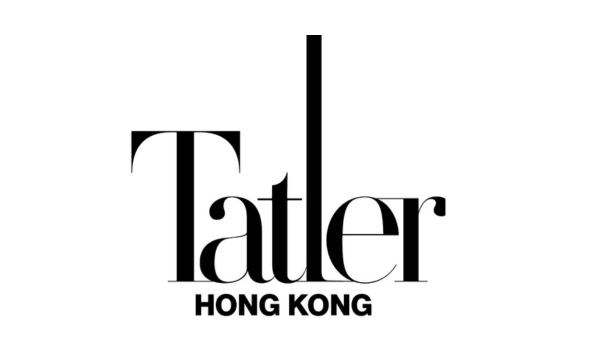Article: Understanding Diamond Certification: What It Means for Your Purchase

Understanding Diamond Certification: What It Means for Your Purchase
TL;DR:
When buying a diamond, always ask for an independent certification—ideally from GIA—to guarantee your stone’s quality and value. Focus on key details: the issuing lab, 4Cs, proportions diagram, clarity plot, fluorescence, report number, and any treatments or origin info. The right certificate protects your investment and gives you peace of mind.
Did you know that a diamond without a proper certification can be overvalued by as much as 30%? Buying a diamond is a significant emotional and financial decision, but navigating the technical details can feel overwhelming. Many buyers focus on the 4Cs but overlook the single most important document that verifies it all: the diamond certificate. This report is your only guarantee of a diamond's quality and value.
With over two decades of experience crafting bespoke jewelry, we at M&B have guided thousands of clients through this process. We believe an informed buyer is an empowered one. This guide will teach you exactly what to look for in a diamond certification, ensuring you choose a stone with confidence, transparency, and lasting value.
What is a Diamond Certificate and Why Do You Need One?

Think of a diamond certificate, or grading report, as a diamond's resume. It’s an unbiased, scientific evaluation of its characteristics. Without it, you are simply taking a seller's word for the quality and value of the stone, which is a significant risk.
A certificate provides:
- Proof of Quality: It offers an objective grade on the factors that determine value, like the 4Cs.
- Verification: It confirms the diamond is natural and hasn't been subjected to undisclosed treatments.
- Value Protection: It serves as crucial documentation for insurance and future resale.
- Peace of Mind: It ensures you get exactly what you paid for.
The 7 Essentials of a Diamond Certificate
A grading report can seem intimidating, but focusing on these seven elements will tell you everything you need to know.
1. The Issuing Laboratory
What it means for your purchase: The lab that grades the diamond is the foundation of its certificate's credibility. A report is only as reliable as the institution behind it.
How it impacts price: A diamond certified by the Gemological Institute of America (GIA) is often more expensive than a seemingly identical stone graded by a different lab. This isn't because the diamond itself is better, but because GIA's grading standards are the most consistent and stringent in the world. Other labs may grade more leniently—for example, calling a stone a "G" color when GIA would grade it as an "H." This inconsistency means you might pay for a quality level you aren't actually receiving. The premium for a GIA-certified diamond is for the certainty and trust in its grading, which protects your investment.
2. The 4Cs: Cut, Color, Clarity, and Carat
What it means for your purchase: The 4Cs are the universal standard for judging a diamond's quality and appearance.
How it impacts price:
- Cut: This grade is about how well a diamond’s facets interact with light. An "Excellent" cut grade (the highest) means maximum sparkle. The price jumps significantly with each step up in cut grade, as it requires more skill and often sacrifices more of the rough diamond.
- Color: This measures the absence of color. The D-to-Z scale starts with D (colorless) and goes down. Colorless diamonds (D-F) are the rarest and most expensive. Near-colorless (G-H) stones offer great value, as the tint is often undetectable to the naked eye.
- Clarity: This grades the presence of internal flaws (inclusions) and surface blemishes. Flawless (FL) diamonds are exceptionally rare and command the highest prices. The price decreases as you move down the scale. A "Very Slightly Included" (VS1/VS2) diamond is a popular choice, as its inclusions are not visible without magnification, offering a beautiful stone at a lower price than a VVS or Flawless one.
- Carat: This is the diamond's weight. Price increases exponentially with carat weight, not linearly. A 2.0-carat diamond will be much more than double the price of a 1.0-carat diamond of the same quality, because larger rough diamonds are much rarer.
3. Polish and Symmetry Grades
What it means for your purchase: These two factors refine the overall cut. Polish refers to the smoothness of the diamond's facets, while symmetry refers to the alignment and balance of those facets. Poor polish can make a diamond look dull, and poor symmetry can misdirect light, reducing its sparkle.
How it impacts price: For the best sparkle, look for "Excellent" or "Very Good" grades in both polish and symmetry. While a "Good" grade might come with a lower price tag, it will visibly compromise the diamond's brilliance. The jump from "Very Good" to "Excellent" in these categories carries a premium, as it reflects a higher level of craftsmanship.
4. The Clarity Plot
What it means for your purchase: This is a map of your diamond's unique inclusions and blemishes. It shows you the type and location of any "birthmarks." This plot is your tool to confirm the diamond in your hand matches the one on the report.
How it impacts price: The location of an inclusion matters. A small inclusion hidden near the edge of the diamond (where it can be covered by a prong) has less impact on beauty and price than a dark inclusion right under the center table facet. Two diamonds with the same VS2 clarity grade can have different prices based on the visibility and location of their inclusions.
5. Fluorescence Grade
What it means for your purchase: Fluorescence is the glow a diamond emits under UV light, graded from "None" to "Very Strong." In most cases, it has no visible effect on the diamond's appearance.
How it impacts price: The market tends to prefer diamonds with no fluorescence, so these stones often have a slightly higher price. However, this creates a savvy buying opportunity. A diamond with a lower color grade (like H, I, or J) that has "Medium" to "Strong" blue fluorescence can appear whiter, effectively canceling out the slight yellow tint. These diamonds can be priced 10-15% lower than their non-fluorescent counterparts, offering excellent value.
6. The Proportions Diagram
What it means for your purchase: This diagram provides the technical measurements of the diamond's angles and facets, such as table percentage and depth percentage. These numbers are what determine the final cut grade and, therefore, its brilliance.
How it impacts price: Even within an "Excellent" cut grade, some proportions are more ideal than others. A diamond with "super ideal" proportions (a specific, narrow range of measurements) will have the most fire and brilliance and can command a higher price. This diagram gives you the data to assess not just the cut grade, but the precision behind it.
7. Report Number and Laser Inscription
What it means for your purchase: Every GIA report has a unique number, which is microscopically laser-inscribed on the diamond's girdle (its thin outer edge). This is a crucial security feature. Using a jeweler's loupe, you can match the inscription on the diamond to the number on the certificate.
How it impacts price: This feature doesn't directly add to the price, but it secures the diamond's value. It proves that the stone is the one described in the report, preventing fraud and giving you confidence in your purchase. An un-inscribed diamond, even with a report, lacks this final layer of verification.
Conclusion: Use the Certificate to Buy Smarter
A diamond certificate is more than just a piece of paper—it is your guide to making a smart, confident, and valuable investment. By understanding how to read it, you can look beyond the basic 4Cs and see the true story of a diamond. You can assess its quality, verify its authenticity, and understand the factors driving its price. This knowledge ensures the diamond you choose is not only beautiful but also a decision you'll cherish forever.
Ready to find your perfect diamond with complete transparency? The experts at M&B are here to walk you through every detail of a diamond's certification.
Frequently Asked Questions (FAQ)
1. Is a GIA certificate really better than others?
Yes. GIA is renowned for its consistency, strict grading standards, and non-profit status, which ensures impartiality. While other labs like IGI and HRD are known, GIA remains the gold standard in the diamond industry.
2. Does a diamond certificate expire?
No, a diamond certificate does not expire. It is a permanent record of the diamond's characteristics at the time of its evaluation.
3. What if my diamond has no certificate?
An uncertified diamond is a significant risk. Its quality and value are unverified, and it may be difficult to insure or sell later. We strongly recommend only purchasing diamonds that come with a reputable report.
4. Is a jewelry appraisal the same as a certificate?
No. A certificate grades the quality of a loose diamond based on universal standards. An appraisal, on the other hand, determines the monetary value of the entire piece of jewelry (including the setting) for insurance purposes. You need both.






